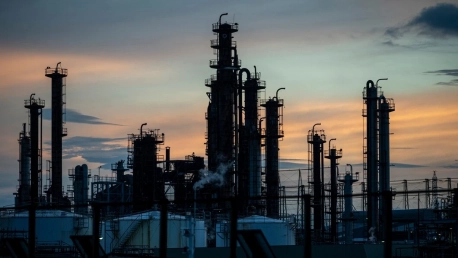In the pursuit of sustainable energy systems, the role of natural gas has emerged as a significant focal point, particularly in the ASEAN member states (AMS) where it serves as an intermediate and complementary energy source while transitioning toward renewable energy. This article delves into the dynamic role of natural gas, exploring its features, technological pathways, and the policies and infrastructure that support its utilization within the ASEAN context.
Features and Benefits of Natural Gas
Natural gas offers numerous advantages that make it a compelling choice in the shift toward cleaner energy. Primarily composed of methane, natural gas emits substantially lower levels of carbon dioxide and other harmful substances such as nitrogen oxides, sulfur dioxide, and particulates compared to coal and oil. This characteristic makes switching from coal to natural gas for power generation a vital step in reducing greenhouse gas (GHG) emissions significantly.
Technological Pathways for Utilization
ASEAN’s natural gas reserves and growing demand underscore the region’s potential in leveraging this resource for a sustainable energy future. Countries like Malaysia, Indonesia, and Brunei are not only major exporters but also key players in the ASEAN energy mix, with natural gas contributing to 24% in 2016. The production of Synthetic Natural Gas (SNG) through biochemical, thermochemical, and electrochemical pathways—particularly the widely used methanation process—further broadens the scope of natural gas utilization.Advanced conversion technologies also present promising avenues for optimizing natural gas use. Replacing conventional turbines with combined cycle plants, fuel cells, and micro-turbines, coupled with carbon capture and storage (CCS) systems, can drastically reduce CO2 emissions. Additionally, natural gas’s ability to balance power grids facilitates the integration of intermittent renewable sources like solar and wind, making it indispensable in the transitional phase.
Policies and Infrastructure
Regional cooperation through initiatives such as the Trans-ASEAN Gas Pipeline (TAGP) and the ASEAN Power Grid (APG) projects is paramount in enhancing energy security and connectivity. These projects exemplify the region’s commitment to a cohesive and secure energy strategy. Furthermore, AMS countries have established ambitious renewable energy targets, but the frameworks supporting these goals need expansion to include natural gas as a pivotal component in the transition to renewable energy.
Overarching Trends and Consensus Viewpoints
The consensus within the energy sector is clear: natural gas stands as an essential transitional energy source that bridges the current reliance on more polluting fuels and the future dominance of renewable energy. Its flexibility and cleaner emission profile make it a strategic ally in renewable energy integration. However, its effective utilization hinges on competitive pricing and robust policy support that underscores its role alongside renewables.
Cohesive Narrative and Main Findings
In the quest for developing sustainable energy systems, the role of natural gas has gained significant prominence, especially among the ASEAN member states (AMS). Natural gas functions as a crucial transitional and supplementary energy source as these nations move toward more renewable forms of energy. This article delves deeply into the evolving role of natural gas, examining its unique characteristics, the technological advancements that facilitate its use, and the supportive policies and infrastructure within the ASEAN context that enable its efficient utilization. Given its cleaner-burning properties compared to coal and oil, natural gas serves as a valuable bridge fuel, helping to reduce greenhouse gas emissions during the transition to greener alternatives. Moreover, the article explores various technological pathways that enhance the efficiency of natural gas extraction, storage, and distribution. Additionally, it discusses the critical policies and infrastructural investments that AMS governments are implementing to ensure a stable and secure supply of natural gas, thereby underpinning their sustainable energy ambitions.









